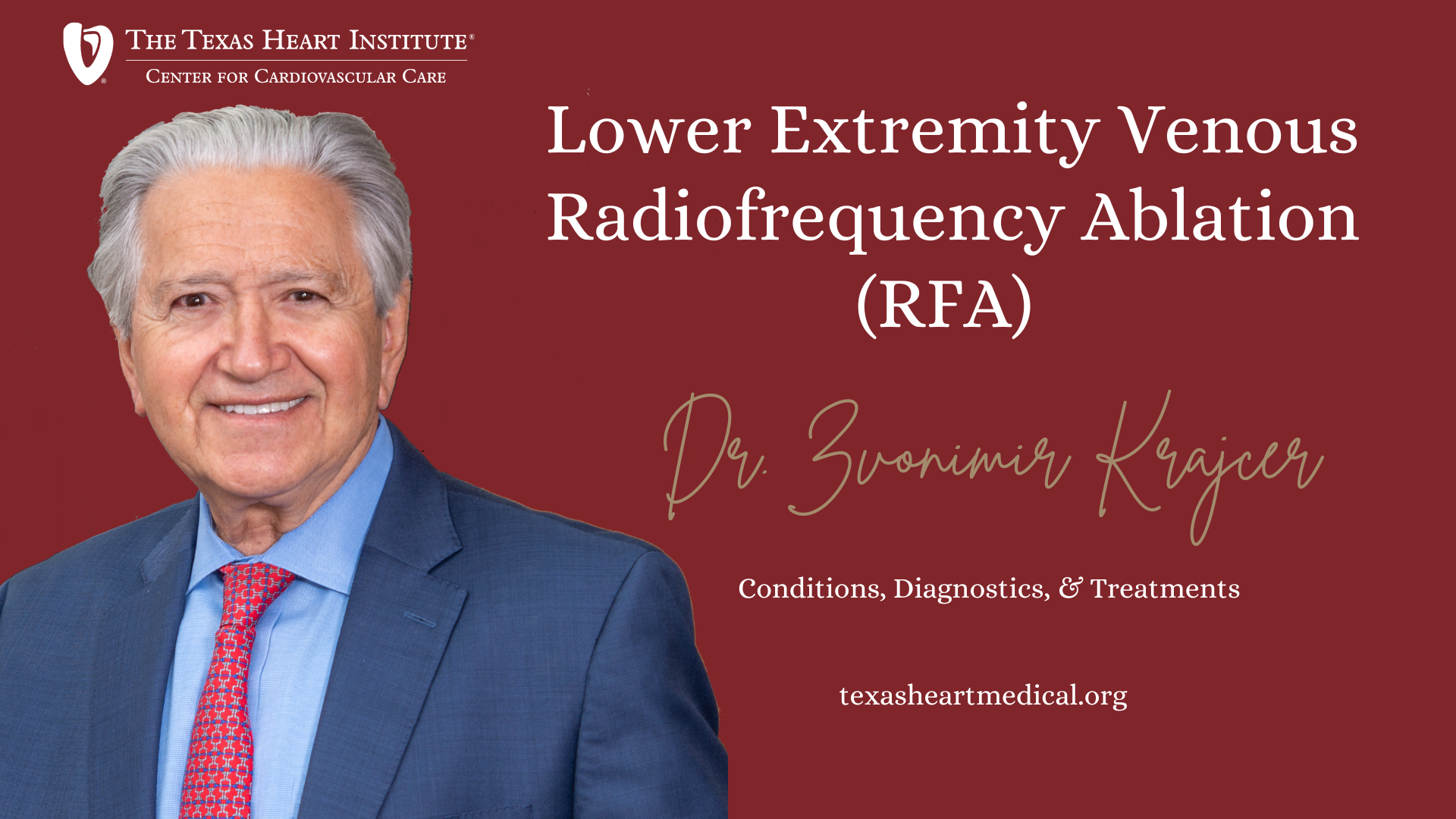Vein Ablation
A Patient’s Guide to Vein Ablation
What to expect and how to prepare for your treatment
What is vein ablation?
Vein ablation is an image-guided, minimally invasive procedure in which radiofrequency energy or a chemical is used to close varicose veins. Doctors use it to help ease symptoms from varicose veins, such as pain, swelling, and irritation. Ablation is safe, less invasive than surgery, and leaves virtually no scars.
You may have vein ablation to treat:
• Varicose veins that cause problems with blood flow
• Leg pain, swelling, and feeling of heaviness
• Skin changes or skin sores that are caused by too much pressure in the veins
• Undesirable appearance of the leg
How does vein ablation work?
The choice of ablation method for varicose veins depends on the size of the varicose veins, their location, and the presence or absence of venous reflux. First, a specially trained doctor uses ultrasound to visualize the vein. A local anesthetic is applied to numb the skin area around the vein. Then, a catheter is inserted through the skin and positioned within the abnormal vein. This catheter is used to administer energy or a chemical to close the vein in question. After the procedure, the faulty vein will shrink and “scar down.” The procedure is usually complete within an hour.
During this procedure:
• You will receive local anesthesia to numb your leg. You will be awake but should not feel pain.
• The doctor will clean, sterilize, and cover the area around the vein with a surgical drape.
• You will feel slight pinpricks as the local anesthetic is injected at the vein access site and along the length of the vein.
• Occasionally, some people report a smell or taste of something burning during the vein closure.
• Once the vein is closed, the doctor will apply pressure to prevent any bleeding and will cover the opening in the skin with a bandage. No sutures are necessary.
Vein ablation can be done in a health care provider’s office or clinic. This procedure is often done on an outpatient basis. However, some patients may require admission after the procedure. Ask your doctor if you will need to be admitted.
How do I prepare for vein ablation?
• Tell your provider if you are or could be pregnant.
• Discuss with your provider any medicines you are taking. This includes drugs, supplements, or herbs purchased without a prescription. Mention any allergies, especially to local anesthetic, general anesthesia, or contrast materials.
• Your doctor may tell you to stop taking aspirin, nonsteroidal anti-inflammatory drugs (NSAIDs), or blood thinners before your procedure.
• Wear comfortable, loose clothing. You will need to remove all clothing and jewelry in the area under examination. You may need to change into a gown for the procedure.
• Plan to have someone drive you home after your procedure.
What should I expect after vein ablation?
Your legs will be wrapped with bandages to control swelling and bleeding for 2 to 3 days after your treatment. You will need to wear compression stockings during the day for one week. This will help minimize bruising, tenderness, and the rare possibility that blood clots may form.
Your leg may be checked using ultrasound a few days after treatment to make sure the vein is sealed.
Normal activity can be resumed immediately, with the exception of air travel or prolonged sitting (such as a long car trip). Stay active and do not spend too much time in bed during the recovery period. Being idle may increase the chance of complications. However, you should avoid strenuous physical activity for some time after the procedure.
Additional Resources
Vascular Society (UK) – Endovenous ablation
Medline Plus Encyclopedia – Varicose vein – noninvasive treatment
RadiologyInfo.org – Varicose vein treatment

